By Leah McFetridge (She/Her)
CW: Mention of sexual assault, rape, domestic violence, eating disorders
If you’re anything like me, you probably can’t pronounce the word ‘illegible’, but you might have felt ‘illegible rage’ without knowing it.
Coming across this term in Angela McRobbie’s book ‘The Aftermath of Feminism’ has given a name to an experience that previously wasn’t something I could express. Being taught feminism as an afterthought or as a historical movement in school and even university gave me the impression that the need for feminism was over. I’m sure we’ve all had people in our lives say, “men and women are equal now” and even though you feel deep down this isn’t true you don’t quite know what to say.
What is Illegible Rage?
'Illegible rage' is the fountain that springs from the belief women 'have it all' and 'women are equal'. We consume this water even when our own thoughts waiver on its purity. This belief is used to argue that feminism has achieved so much that it has put itself out of the job. Other writers have expressed that we are in a post-feminist period where feminist resistance has become individualised, among other features, therefore, dismantling a feminist collective resistance. Individual empowerment is used as a decoy to distract from fundamental power structures and women are enticed to believe their disempowerment is a product of their deficiency.
This same rhetoric packages the trauma of colonisation as resolved history and places it in the storage container of the past. If individuals still carry the burden, this is their fault and they’re seen to be stuck and unable to move on. It obscures the need for collective reconciliation and actual structural change. Similarly, racism is said to be largely overcome, with pockets of individuals holding onto racist beliefs, not the fabric of our society woven together with its ideology. Classism doesn’t exist anymore, and everyone can climb the social, political, and economic ladder. Binary gender categories completely erase people from gender non-conforming backgrounds and leave them living in a system determined by being either male or female. We have been blindfolded with individualism and we can’t see the systematic oppression that binds our experiences.
What are the consequences of Illegible Rage?
Without a cohesive critique of patriarchal forms of oppression, the following issues continue to persist:
Sexual violence
Male violence against women
Sexual harassment
Gender pay gap
Overrepresentation of women with eating disorders
Women continue to internalise these systematic issues as their own shortcomings. The rage aspect of ‘illegible rage’ comes from the inequality between men and women without the ability to attach to a coherent and mainstream feminist movement and so it is illegible or unreadable. There is no shared language in which we can all read and make legible what these systemic issues are and so the rage sits in us. Feminism is the phantom limb of young women today and we mourn its loss. Instead, we are showered with individual empowerment and ways to overcome structural inequalities by just ‘being more confident’, ‘loving ourselves’, ‘standing up for ourselves’.
For example, the 1990s and 2000s iteration of feminism as the ‘girl power’ movement had three main pillars - confidence, independence, and female friendship. Girl power was all about taking charge of your life, being confident in yourself and commanding respect, having female friends, and supporting each other. There was no need to worry about feminism, or patriarchy because women could be and do whatever they wanted. We could be superheroes, CEOs, or Prime Ministers. Surely the fact that ‘girl’ had to be placed in front of ‘power’ was the first sign that feminism was still needed. We all know ‘woman’ and ‘power’ wouldn’t usually come up in a game of association.
Now we’re told by thin, Anglo-Saxon, young, and able women to be ‘girl bosses’ by hustling, but also being mindful and present and practicing good mental health. Nothing is in your way but yourself. It is a popular but diluted version of feminism and is easier to consume. Feminist values are adopted only to be emptied, de-politicised and commodified.
These individual efforts do nothing to change structural and societal inequalities and deflect the melancholia and anger onto us. We are left with a feeling that we’re not trying hard enough to be happy, we’re not strong enough to ask for a pay rise, and we’re not doing enough to be fit and healthy. The ‘empowerment’ that is being offered has a patriarchal tick of approval.
So, what is the alternative?
The alternative is collective social justice movements which change fundamental power structures to equalise the experience of men and women across intersectional experiences. For example, the move toward parental instead of simply maternity leave has resulted in an increase in leave for both parents and gender-neutral language. This is aiming to shift the focus from mothers and motherhood to parenthood and the shared responsibility between two parents. It intends to alter core stereotypes about parenting, motherhood and the nuclear family and provide structural support to encourage this change. Likewise, the campaign to criminalise coercive control in Queensland reflects a structural change to protect predominantly female victims of domestic and family violence. Similar campaigns and activism have resulted in a treaty between First Nations people in Victoria and preparation for a referendum on an Indigenous voice in parliament. These are all examples of systemic change still required and being achieved. We still have a collective ability to resist and our power rests in our togetherness.
Further Reading:
McRobbie, A. (2008) The Aftermath of Feminism. London: SAGE Publications Ltd.


